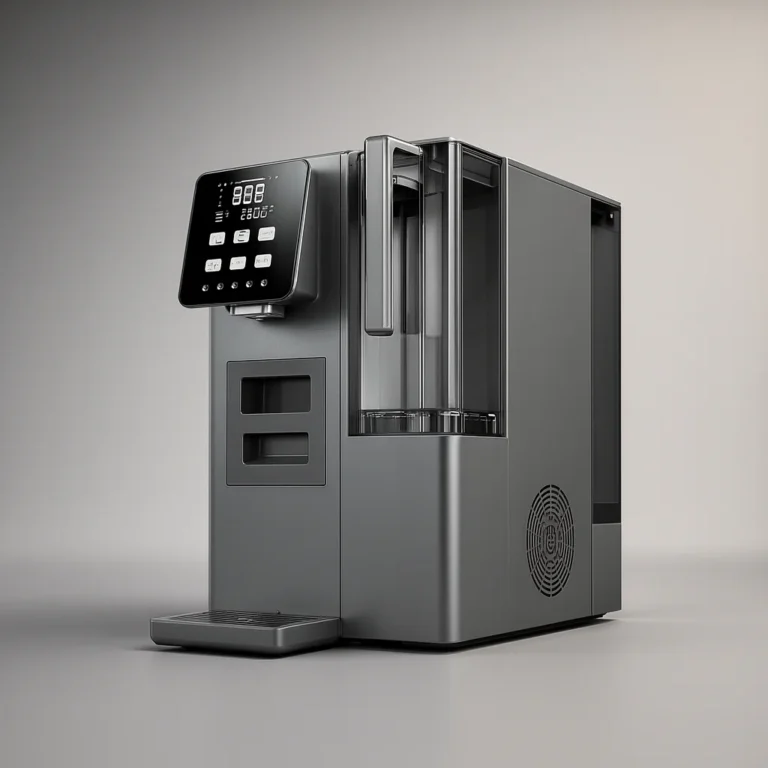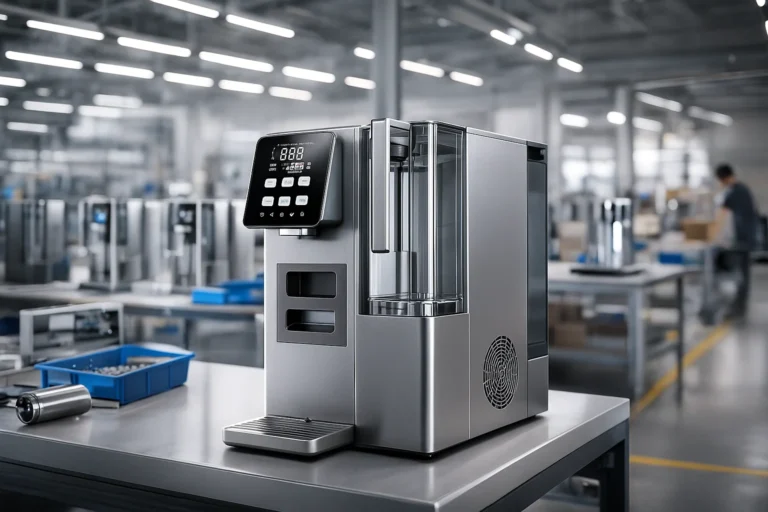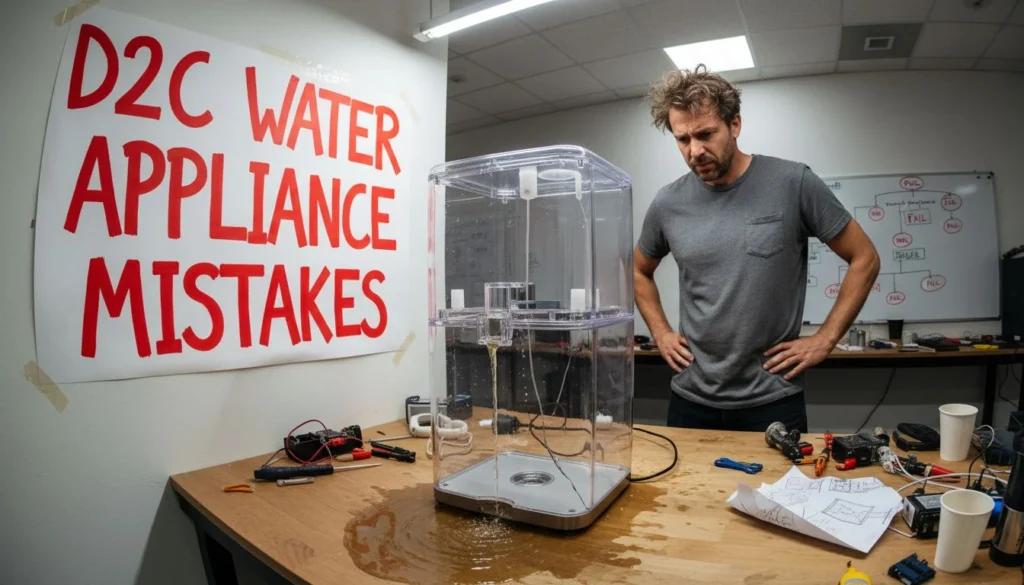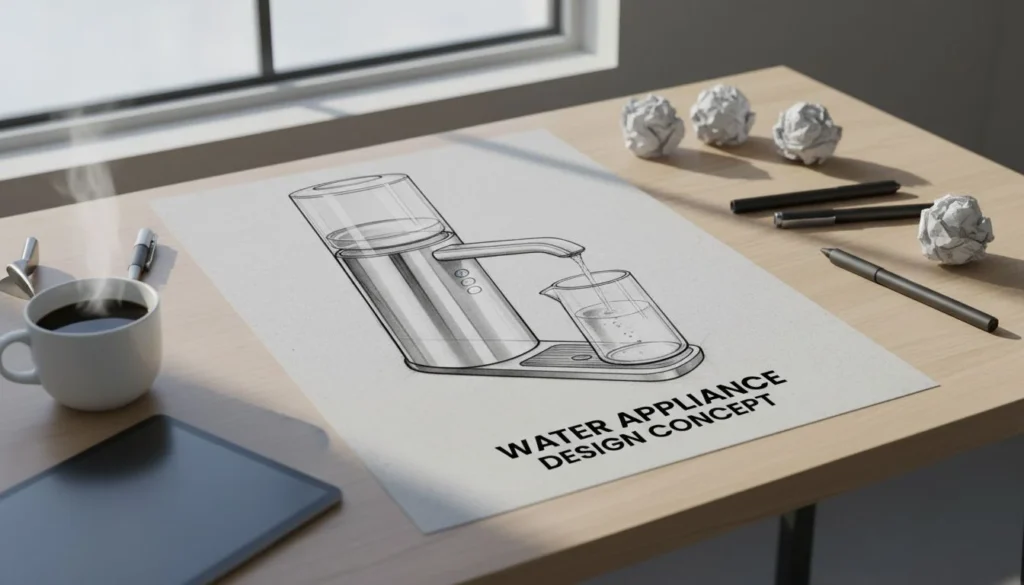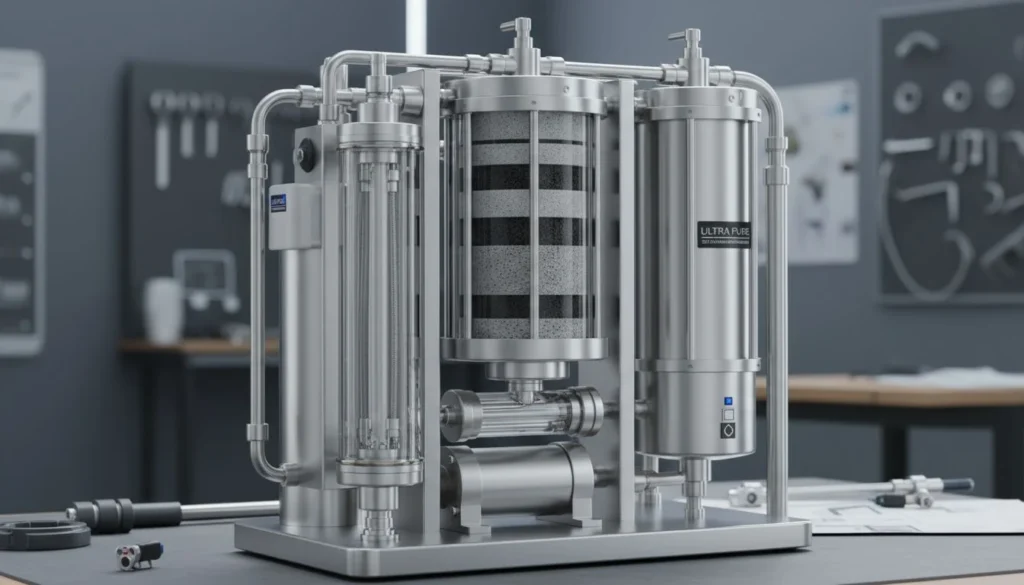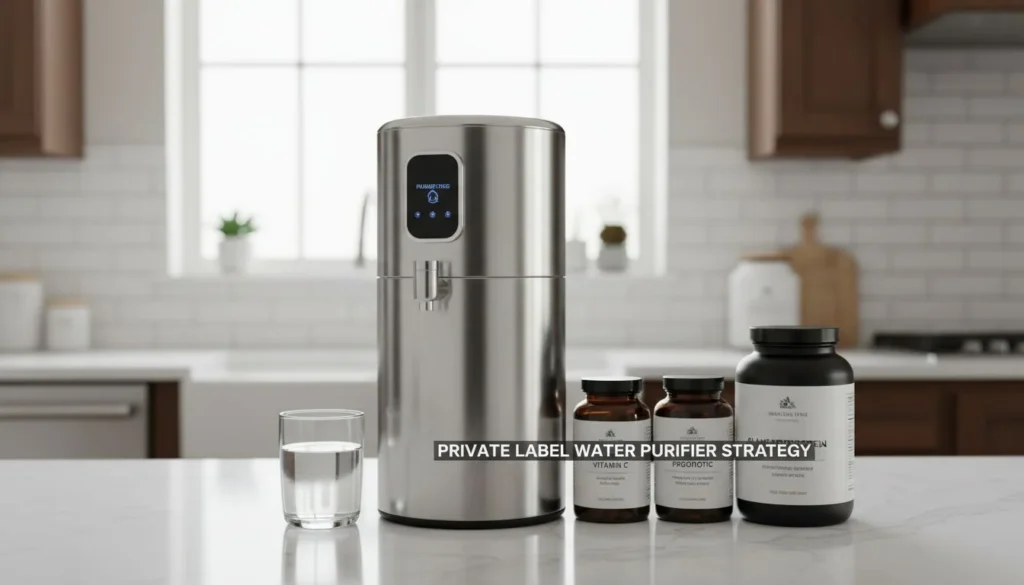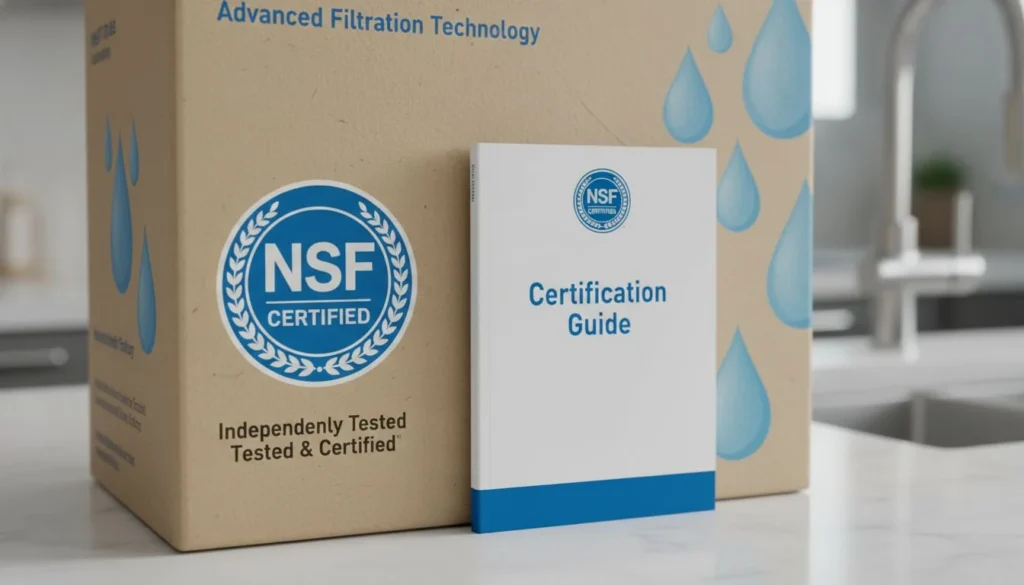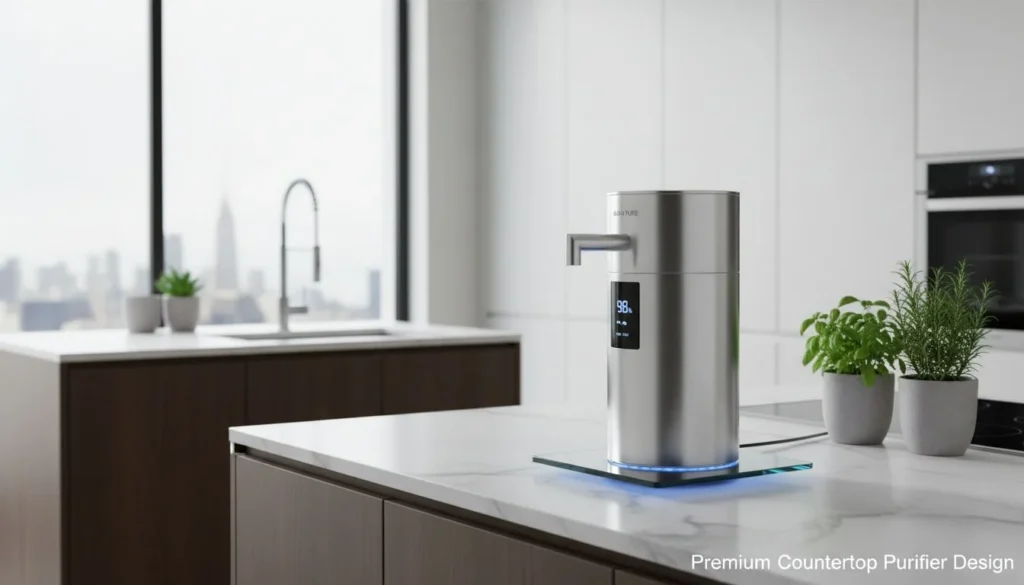
You are likely feeling the pressure to move production out of China to avoid tariffs. However, rushing this decision for complex products often leads to quality disasters that cost more than the tax.
For premium water purifiers1, China remains the superior choice for engineering-heavy components like stainless steel tanks and pumps. Vietnam excels at final assembly but relies heavily on China's supply chain for parts. The best strategy is often sourcing complex core components from China while using Vietnam only for final assembly to balance quality and cost.
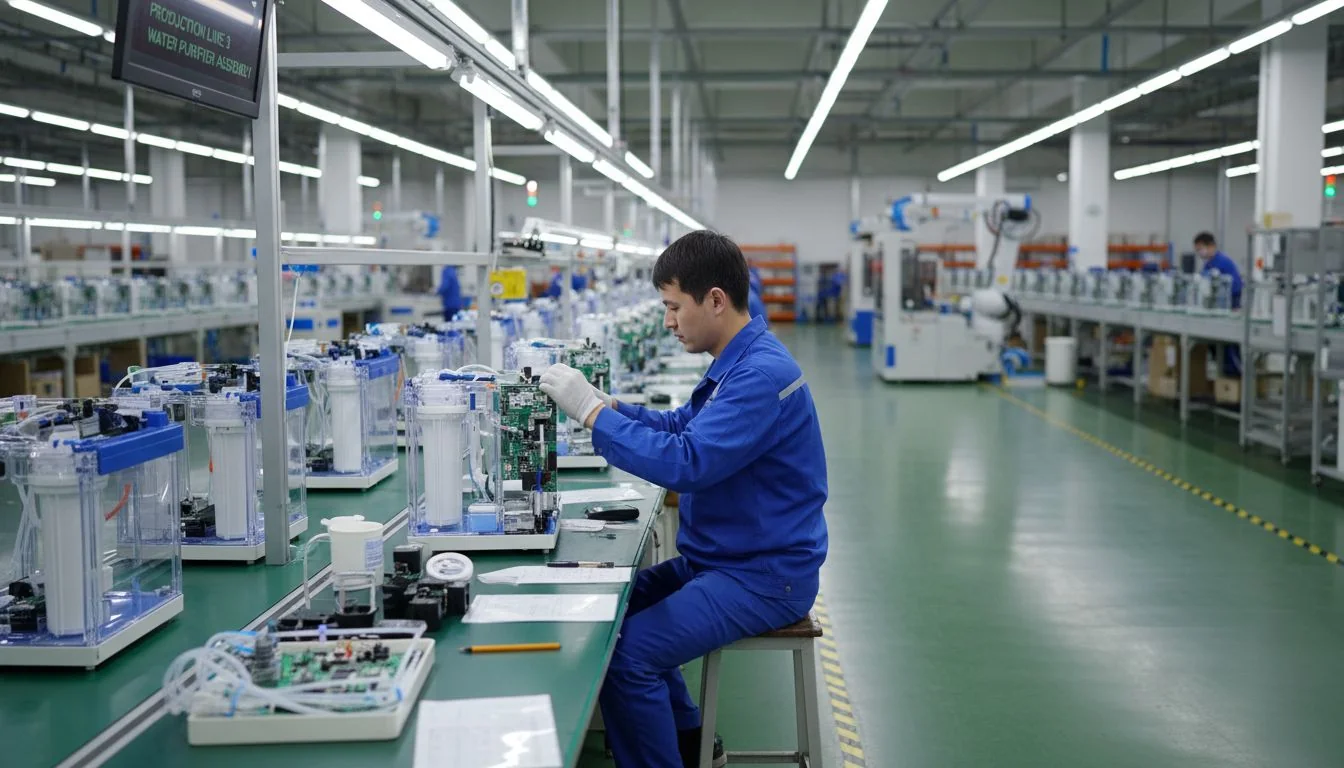
Many designers and business owners look at a map and see two neighboring countries with similar capabilities. They assume moving a mold from Shenzhen to Haiphong is as simple as moving a file from one folder to another. But after years in the mold industry, I can tell you that the reality is much "heavier" than that. Let's look at the real costs behind the geography.
Vietnam's manufacturing sector is fully independent of Chinese supply chains.Falso
Vietnam relies heavily on China for raw materials, electronic components, and machinery, creating a 'shadow supply chain'.
Complex engineering tasks are currently better supported in China due to mature infrastructure.Verdadero
China has decades of established industrial clusters and engineering talent that Vietnam is still in the process of developing.
LOOP START
1. Introduction: The "China Plus One" Dilemma?
Everyone is talking about the "China Plus One" strategy to diversify risk. But have you stopped to ask if the infrastructure in the new location can actually support your specific product design?
The "China Plus One" dilemma is the conflict between reducing tariff exposure and maintaining product quality. While Vietnam offers lower labor costs, it often lacks the deep industrial ecosystem required for complex appliances. Moving production without considering the local engineering maturity2 can lead to significant delays and product failures.

In my years trading molds and CNC parts, I have seen many clients rush to move their tooling to Vietnam. They look at the labor rates and the tariff savings, and the math looks perfect on a spreadsheet. However, a spreadsheet does not account for the "ecosystem."
When we talk about the dilemma, we have to look at the difference between "Assembly" and "Engineering." Vietnam is currently world-class at Assembly. If you are making a simple plastic water pitcher, Vietnam is a great choice. You mold the plastic, put a filter in, and box it.
However, a premium water purifier is not a pitcher. It involves high pressure, heating elements, and complex PCBs. This requires Engineering. It requires figuring out how to make the parts work together, not just putting them together. China has spent thirty years building this engineering capability. When you move a complex product to a region that is still developing this skill set, you are not just moving a factory; you are losing a brain trust. You might save 15% on tariffs, but if your engineering support disappears, your project stalls.
Vietnam is currently better suited for high-complexity engineering tasks than China.Falso
Vietnam excels at assembly, but China currently holds the advantage in complex engineering and problem-solving for technical products.
Simple products like plastic pitchers are suitable for Vietnam's manufacturing capabilities.Verdadero
Low-complexity items that rely primarily on assembly and basic molding fit well within Vietnam's current industrial strengths.
2. The Supply Chain Reality: The "Deep" vs. The "Developing"?
You might see a "Made in Vietnam" label on a box and assume the product was created there. But do you know where the pumps, filters, and electronics actually came from?
The reality of the supply chain is that Vietnam often functions as a final assembly point for components manufactured in China. This creates a "Shadow Supply Chain3" where 80% of the parts are shipped across the border. This adds logistics time and inventory risk, meaning the "Made in Vietnam" label is often just a logistics detour.
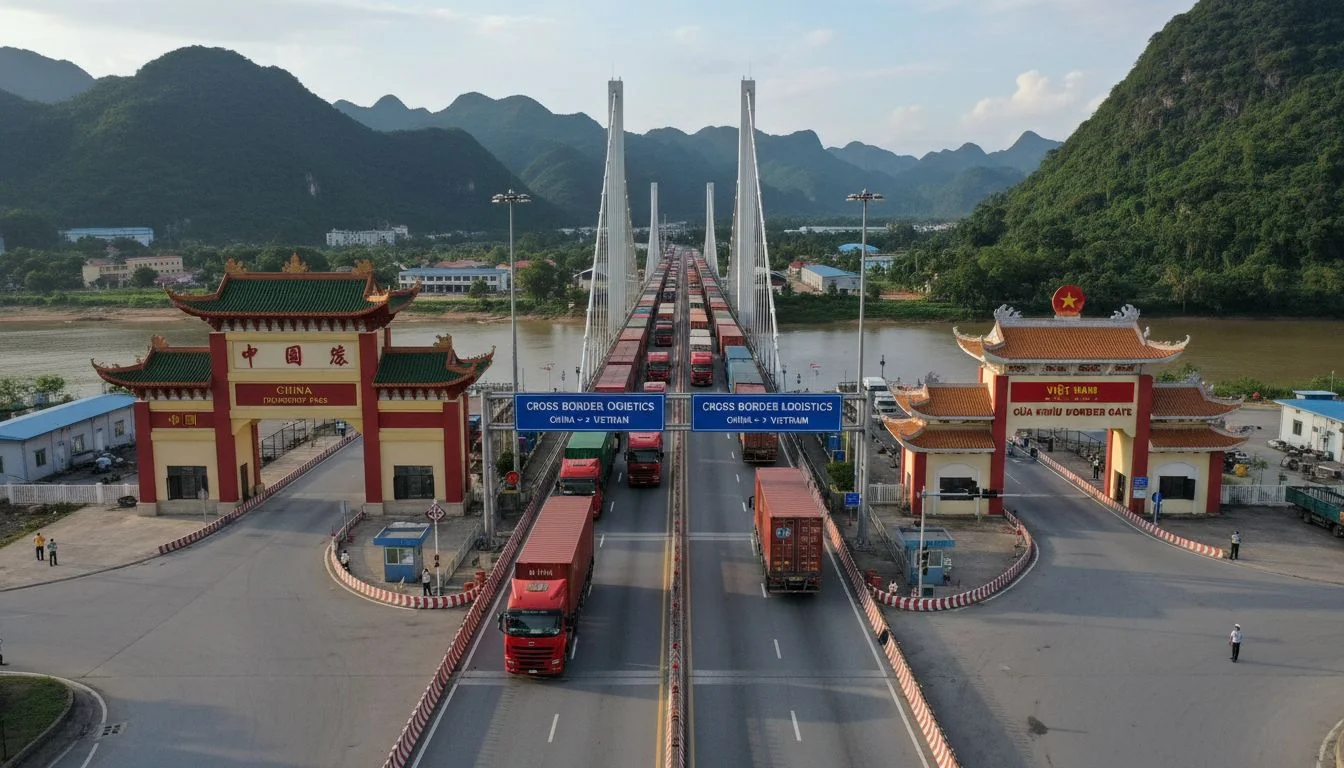
Let's dig into what I call the "Shadow Supply Chain." As a mold designer, you know that a product is the sum of its parts. For a premium water purifier, you need pumps, RO membranes, solenoid valves, and control boards. Currently, the vast majority of these high-tech components are produced in China.
If you set up your factory in Vietnam, you are likely importing these key components from China. I have seen supply chains where the raw materials go from China to Vietnam, get assembled, and then ship to the US. This is inefficient.
The Logistics Detour
| Componente | Origen | Destination | Result |
|---|---|---|---|
| High-Pressure Pump | China | Vietnam | Added shipping time & cost |
| PCB Controller | China | Vietnam | Inventory risk if delayed |
| Plastic Housing | Vietnam | Vietnam | Local production |
| Final Product | Vietnam | Global | "Made in Vietnam" |
This detour adds risk. If the border closes or customs gets backed up, your Vietnam factory stops because it is waiting for the Chinese pump. You are adding a layer of complexity to your logistics. For a complex product, the "Deep" supply chain of China, where the supplier is down the street, is often faster and more reliable than the "Developing" supply chain of Vietnam.
Most high-tech components for water purifiers are sourced locally in Vietnam.Falso
The majority of complex components like pumps and PCBs are still imported from China due to established supply chains.
A 'Shadow Supply Chain' increases logistics time and inventory risk.Verdadero
Shipping parts from China to Vietnam for assembly adds transit steps and potential bottlenecks at customs.
Simple products are easy to move, but complex products are fragile. What happens to your profit margin if the defect rate on your high-tech purifier jumps by just a few percent?
Premium technology requires a stable manufacturing environment to handle complexity. China passes the "Complexity Test" because its factories have mature quality control systems for heat and pressure systems. Moving these complex requirements to a less experienced region often spikes the defect rate, causing the Cost of Quality (COQ) to exceed any tariff savings.

I always tell my clients to look beyond the "Tariff Math." It is easy to calculate a 25% tariff. It is much harder to calculate the Cost of Quality (COQ).
A premium water purifier is a machine that deals with water pressure and electricity. If it leaks, it destroys a customer's kitchen. If it overheats, it is a fire hazard. This is not a toy. The tolerance for error is zero.
In China, the workforce has been assembling these specific complex systems for decades. They have "tribal knowledge." They know that if a screw feels loose, the plastic boss might be undersized. In a newer manufacturing hub, that experience might not exist yet.
If a factory in Vietnam has a 5% higher defect rate on complex RO systems, that cost is huge. You have to pay for returns, shipping, and brand damage. That 5% defect rate wipes out the tariff savings immediately. A sophisticated buyer knows that Reliability is the ultimate cost-saver. You pay for the certainty that the product will work.
Tariff costs are always higher than the Cost of Quality (COQ).Falso
A high defect rate or product failure can easily cost more in returns and brand damage than the savings gained from avoiding tariffs.
China's workforce possesses 'tribal knowledge' regarding complex assembly.Verdadero
Decades of manufacturing experience have created a workforce in China that intuitively understands common engineering issues.
4. The "Stainless Steel" Factor: A Manufacturing Moat?
Plastic is light and easy to move, but steel is heavy and stubborn. Why is stainless steel the one material that keeps manufacturing anchored in specific regions?
The "Stainless Steel" factor refers to the difficulty of moving the heavy machinery required for deep-draw manufacturing. Unlike plastic injection molding, deep-draw stainless steel4 requires massive hydraulic presses and specialized tooling expertise. This infrastructure is difficult to replicate quickly, making China a necessary partner for brands upgrading to steel components.

This is where my background in mold design really matters. Jacky, you know that moving a plastic injection mold is relatively easy. You crate it up, ship it, and bolt it into a standard machine.
But deep-draw stainless steel is different. We are talking about massive hydraulic presses, sometimes 500 to 1000 tons. We are talking about multi-stage progressive dies that are huge and heavy. You cannot just put these in a backpack and move them to a new industrial park.
The Material Moat
- Machinery: Requires heavy foundations and high power usage.
- Tooling: Steel dies are expensive and require constant maintenance by skilled toolmakers.
- Skill: Deep drawing steel without tearing or wrinkling is an art form.
This creates a geographic anchor. China has the clusters for this. Hisoair, for example, utilizes this specific advantage. If you want to upgrade your product from plastic to premium stainless steel, you are almost forced to use the existing infrastructure in China. The capital investment to build a new deep-draw facility in Vietnam is often too high to justify. Steel makes the supply chain "sticky."
Deep-draw stainless steel manufacturing is easily portable to new regions.Falso
It requires heavy machinery, specialized tooling, and specific expertise that acts as a geographic anchor.
Plastic injection molds are generally easier to relocate than heavy metal stamping lines.Verdadero
Plastic molds fit standard machines found globally, whereas deep draw requires specific, heavy infrastructure.
5. The "Hybrid" Strategy: China for Innovation, Vietnam for Scale?
You do not have to choose one country and ignore the other. Is there a way to use China's brain and Vietnam's hands to build the perfect product?
The "Hybrid" strategy leverages the strengths of both nations. Smart brands use China as an "Innovation Hub" for R&D, engineering, and component manufacturing, while using Vietnam for the final assembly of mature products. This approach secures high-quality engineering while accessing the labor and trade benefits of Vietnam for scale.

So, what is the answer? Do you stay or do you go? The answer is usually "Both."
I recommend a Hybrid Strategy. Think of Hisoair (and China in general) as your "Regional Guide" and Innovation Hub.
- Phase 1: NPI (New Product Introduction). Do this in China. You need the engineers, the mold makers, and the quick turnaround of the Shenzhen supply chain to fix problems fast.
- Phase 2: Core Components. Keep the manufacturing of the pump, the PCB, and the stainless steel tanks in China. This ensures the "heart" of your machine is healthy.
- Phase 3: Assembly. Once the product is stable and the volume is high, move the final assembly to Vietnam. You ship the kits of parts there.
This way, you are not asking Vietnam to do engineering; you are asking them to do what they are good at—Assembly. You are not abandoning China's expertise; you are leveraging it. We are the mature partner who understands the region. We make the product possible, regardless of where the final screw is turned.
A hybrid strategy involves doing all R&D and assembly in Vietnam.Falso
A hybrid strategy typically keeps R&D and core manufacturing in China, moving only final assembly to Vietnam.
China is ideal for New Product Introduction (NPI) due to supply chain speed.Verdadero
The proximity of suppliers and engineering talent in China allows for rapid prototyping and problem-solving during NPI.
LOOP END
Conclusión
Don't sacrifice quality for geography. Use China's engineering depth for complex cores and stainless steel, and leverage Vietnam for assembly only when the product is mature. Reliability is your true cost-saver.
References
-
Explore the advantages of premium water purifiers and why they are essential for quality water. ↩
-
Understand the role of engineering maturity in ensuring product quality and reliability. ↩
-
Learn about the Shadow Supply Chain and how it affects manufacturing efficiency and costs. ↩
-
Find out about deep-draw stainless steel manufacturing and its significance in product durability. ↩


